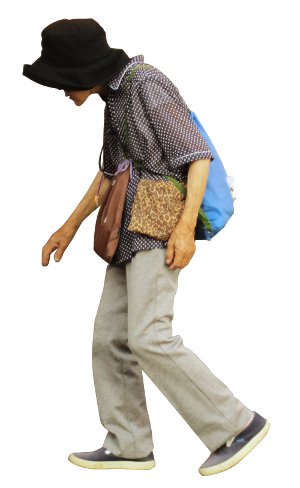 16th Jul 2015
16th Jul 2015
Advice for Treating Hip Pain from a Physical Therapist
 Here’s the good news: we’re living longer. Here’s the bad news: we need to change our sedentary lifestyle, stat. Hip replacements are on the rise. Right now, there are about 175,000 hip replacements performed a year. That number is expected to rise 174% in the next 20 years.
Here’s the good news: we’re living longer. Here’s the bad news: we need to change our sedentary lifestyle, stat. Hip replacements are on the rise. Right now, there are about 175,000 hip replacements performed a year. That number is expected to rise 174% in the next 20 years.
The hip is the body’s largest joint. You can thank that ball and socket joint for the fluidity of motion you have when you’re out on the dance floor or going for a run. Now, whenever you use the hip, a cushion of cartilage helps prevent friction as the hip bone moves in its socket. The hips were built for durability, but that doesn’t make them indestructible. With use and age, the cartilage wears down or becomes damaged. Sometimes, the muscles and tendons will be overused. And, with age and the onset of osteoporosis, the hip bone can be fractured during a fall. Any of these conditions can lead to chronic hip pain and limited mobility.replacements are on the rise. Right now, there are about 175,000 hip replacements performed a year. That number is expected to rise 174% in the next 20 years.
Now hip pain is tricky, because it can show up in many different areas. Patients with hip problems may complain of pain in their thigh, groin, or gluts. And pain in the hip can actually be referred pain from the sciatic nerve, so it’s really important that people suffering from hip pain seek the aid of a physical therapist to receive a proper diagnosis and care for the source of their pain.
There are three main objectives in physical therapy when treating hip pain. They include: reducing pain, improving motion and improving strength. This three-prong approach requires different tools for each stage of healing.
Physical Therapy Treatments for Hip Pain
- Reducing Pain: Different types of treatments and technologies to control and reduce pain will be used in this phase of treatment including: ice, heat, ultrasound, electrical stimulation, Kinesio taping, range of motion exercises, massage and joint mobilization.
- Improve Motion: In this phase, focus is on returning normal range of motion in the hip and leg. Passive joint mobilizations will progress to exercises the patient can perform themselves to improve range of motion. Sustained stretches and manual therapy techniques that gently move the joint and stretch the muscles around the joint will also be used.
- Improve Strength: In this phase, the focus is moved to working with appropriate exercises to steadily restore strength and agility. These may include using cuff weights, resistance bands, weight-lifting equipment, and cardio exercise equipment such as treadmills or stationary bicycles.
Even if physical therapy can't delay hip replacement surgery forever, it can help a patient put it off as long as possible. The longer surgery can be delayed the better since most artificial joints can only last 15-20 years. If a patient commits to eating well, exercising and committing to a regular physical therapy regimen, a patient will be able to keep their hips pain-free and mobile for a long time.
The good news is we’re living longer and with the right physical therapist we can avoid the bad news. For more about pain management and physical therapy tools go to ProHealthcareProducts.com






